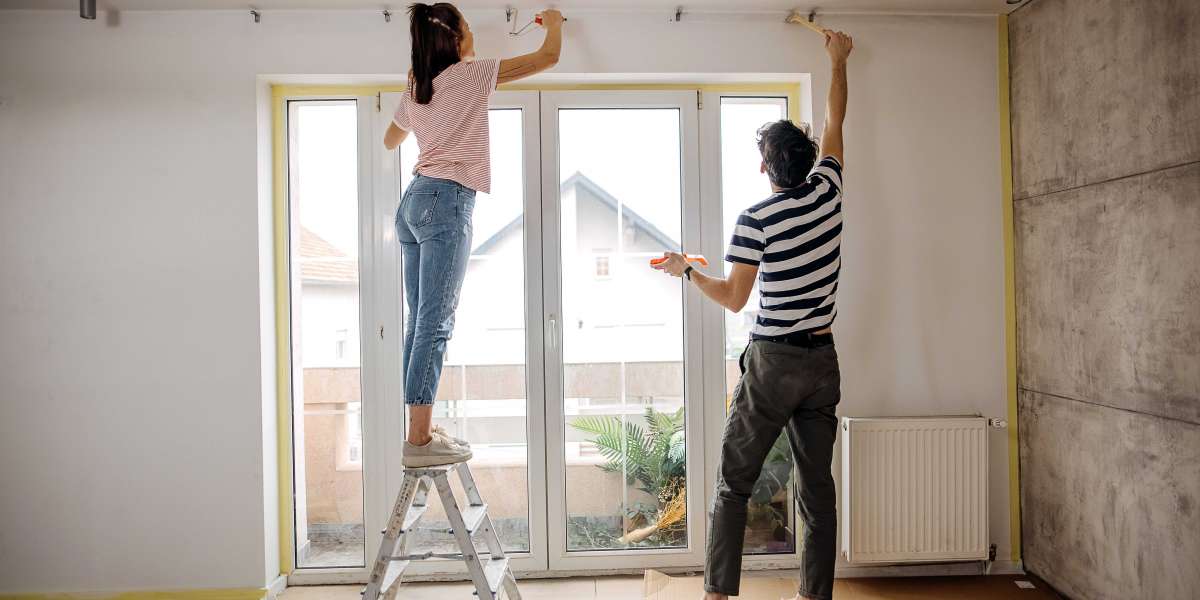Why Choose a Home Extension?
Home extensions offer several advantages that make them a popular choice for homeowners looking to improve their living space. Here are the main reasons people consider home extensions:
- Increased Living Space: A home extension allows you to add much-needed space for growing families, new hobbies, or even a home office.
- Improved Property Value: A well-executed extension can significantly increase your property’s value, making it a worthwhile investment.
- Customization: You can tailor the extension to meet your specific needs, ensuring the space fits seamlessly with your home’s existing layout.
- Avoid the Hassle of Moving: Rather than going through the stressful and costly process of moving, a home extension lets you stay in your current location while enjoying a larger, more functional living area.
Types of Home Extensions
There are several types of home extensions, each offering different advantages depending on your needs and the space available. Here are the most common types:
1. Side Extensions
A side extension involves expanding the width of your home by building out to one or both sides of the property. This type of extension is ideal for creating larger living rooms, dining areas, or kitchens.
Benefits:
- Maximizes available land, especially for narrow properties.
- Allows for more open-plan designs.
- Can be less disruptive to the rest of the home.
2. Rear Extensions
A rear extension expands the back of your house, often creating a larger kitchen, family room, or even a home office space. Rear extensions are ideal for creating a seamless connection between your indoor and outdoor areas.
Benefits:
- Provides ample space for larger living areas or dining rooms.
- Perfect for creating a modern, open-plan kitchen.
- Often adds value to the property, especially in family-centric neighborhoods.
3. Loft Conversions
If you have unused space in your attic or loft, a loft conversion can be an excellent way to expand your home. Loft conversions are perfect for creating additional bedrooms, bathrooms, or home offices.
Benefits:
- Utilizes existing space without taking up more land.
- Ideal for adding a bedroom or study area.
- Increases your property value without major disruption.
4. Garage Conversions
If you have a garage, it can often be converted into a livable area, such as a bedroom, office, or recreational room. Garage conversions are an affordable option for those looking to add space without requiring a full extension.
Benefits:
- Lower cost compared to traditional extensions.
- Quick to complete with minimal disruption.
- Increases the overall value of your home.
5. Double-Storey Extensions
For homeowners with sufficient space, a double-storey extension can add significant living space on both floors. This type of extension often adds additional bedrooms and bathrooms or expands existing living areas on the lower floor.
Benefits:
- Maximizes space without occupying more of the garden or yard.
- Can dramatically increase the size of your home.
- Perfect for growing families who need additional rooms.
Planning Your Home Extension
A home extension project requires careful planning to ensure it meets your needs and complies with building regulations. The following steps outline the process to ensure a smooth and successful extension:
Step 1: Define Your Goals and Needs
Before diving into design, take time to assess your specific needs. Consider what the additional space will be used for and how it should integrate with your existing home. For instance, do you need a new kitchen, a larger living room, or extra bedrooms? Defining your goals clearly will guide the design process.
Step 2: Check Zoning and Building Regulations
Before starting any extension, make sure to review local zoning laws and building regulations. Certain areas may have restrictions on the size, height, or type of extension allowed. A professional architect or builder can help you navigate these regulations and ensure your project stays compliant.
Step 3: Create a Budget
Extensions can be expensive, so it's essential to set a clear budget that covers the entire project, including:
- Design fees
- Materials and labor
- Permits and inspections
- Unexpected costs (contingency)
Having a realistic budget helps ensure you can complete the project as planned without running into financial difficulties.
Step 4: Hire Professionals
While DIY extensions may seem tempting, hiring professionals ensures your project is carried out safely and efficiently. You’ll need:
- Architects: To help design the extension and create blueprints.
- Contractors: To carry out the construction work.
- Surveyors: To assess the site and ensure everything is structurally sound.
Hiring the right team of professionals will guarantee that your home extension is done to a high standard.
Budgeting for Your Home Extension
Home extensions can be costly, so it's essential to plan your budget carefully. Here are some factors to consider when budgeting:
1. Design and Planning Costs
The cost of professional design services can vary depending on the complexity of the project. Architects typically charge a flat fee or hourly rate for creating designs and obtaining planning permissions.
2. Construction Costs
Construction costs can vary widely depending on the size of the extension, the quality of materials, and the type of work involved. It’s important to get multiple quotes from contractors to ensure you're getting the best value for your money.
3. Permits and Fees
You’ll need to pay for necessary permits and inspections. These fees vary by location, so make sure to budget for these costs upfront.
4. Unexpected Costs
During any major construction project, unforeseen issues may arise, such as structural problems or delays due to weather. It’s advisable to set aside an additional 10-20% of your total budget as a contingency fund.
Tips for a Successful Home Extension
To ensure your home extension is completed on time, within budget, and to your satisfaction, consider these tips:
- Plan for Disruption: Home extensions can be disruptive, so prepare for the noise and mess. Plan accordingly with your family or tenants.
- Consider Future Needs: Design the extension to accommodate future changes, such as additional family members or changing work requirements.
- Maximize Natural Light: Incorporating windows, skylights, or open layouts can make the new space feel bright and airy.
- Quality Materials: Invest in durable, high-quality materials to ensure the extension stands the test of time.
Conclusion
A Home extension is an excellent solution for homeowners looking to expand their living space without moving. By carefully planning your project, hiring the right professionals, and budgeting appropriately, you can transform your home into a more spacious, functional, and valuable property. Whether you’re adding a new bedroom, expanding your kitchen, or converting your loft, a well-executed home extension can improve your quality of life while enhancing the overall appeal and value of your home.





